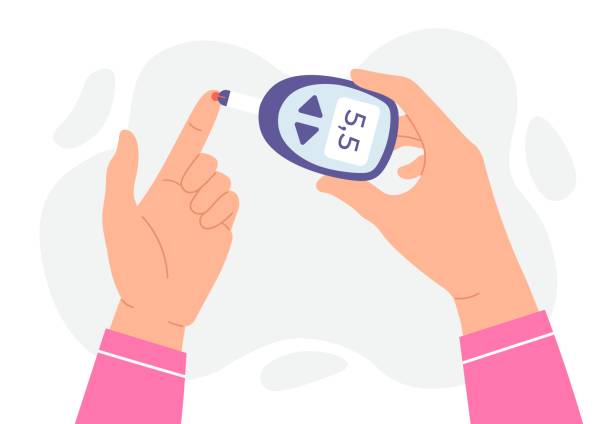Could a single grain help to maintain blood sugar level?
You might not meet millets yet!
What is millet?
Urban lifestyle makes many people suffer from lifestyle diseases like diabetes as well as obesity. Their accompanying complications are reaching epidemic levels now. It is becoming a reason for death in some high-income countries. One of the many reasons for its aggravation is the food we consume. It’s high time to take a look at our diet!
The humble millet, for instance, is a whole grain. An excellent source of nutrition, available freely, right under our very noses, yet largely ignored. Though an integral part of our diet for many generations, Millet is missing recently. Millet is a cereal grain that belongs to the Poaceae family, commonly known as the grass family. It’s widely consuming in developing countries throughout Africa as well as Asia. While it may look like a seed, millet’s nutritional profile is similar to sorghum as well as other cereals. Millet has gained popularity in the West because it’s gluten-free as well as boasts high protein, fiber, as well as antioxidant contents. Millet is a starchy, protein-rich grain. It provides plenty of phosphorus and magnesium, as well as finger millet packs more calcium than any other cereal. Many of these nutrients are found in whole grains, referring to grains that over-polishing has not depleted.
Nutritional Index of millet
Like most cereals, millet is a starchy grain rich in carbs. Notably, it also packs several vitamins as well as minerals.
One cup (174 grams) of cooked millet packs:
- Calories: 207
- Carbs: 41 grams
- Fiber: 2.2 grams
- Protein: 6 grams
- Fat: 1.7 grams
- Phosphorus: 25% of the Daily Value (DV)
- Magnesium: 19% of the DV
- Folate: 8% of the DV
- Iron: 6% of the DV
- Glycemic index: 54 to 68
Millet provides more essential amino acids than most other cereals. These compounds are the building blocks of protein.
What is Glycemic Index?
The glycemic index only indicates the impact on glucose level two hours after eating the food. People with diabetes have elevated levels for four hours or longer after eating certain foods. Glycemic Index is a scale that ranks carbohydrates by how much they raise the blood glucose levels compared to a reference food. It is based on the quality and not the number of carbohydrates.
Glycemic index and Millets.
According to traditional medicine, millet supports digestion, improves appetite, nourishes prana and blood deficiencies, increases lactation, harmonizes the stomach, and calms sleep. On the other hand, Millets contain high amounts of dietary fiber, which help lower blood glucose levels and improve insulin response. Fibre also regulates the speed of digestion, supports the absorption of nutrients, and fills you up, so you don’t feel hungry so often.In general, low GI foods increase glucose slowly in your body. Foods with a high GI increase blood glucose quickly.
Millet is lower on the glycemic index (GI) than many other grains. That means it raises your blood sugar slowly and gradually instead of in quick spikes. High-fiber, low-GI foods keep blood sugar steady, lower cholesterol, and help you lose weight. All of these things are helpful for people with diabetes. Although anyone can reap the nutritional benefits of eating millet, it’s been incredibly beneficial for diabetes management, making it one of the better whole grains for managing blood sugar. Millet is a good choice for diabetes due to its high fiber content.For those who are health conscious and are wary about what they eat, experts suggest that millets should be a part of their daily regular diet. Millets are nutritious, non-glutinous (non-sticky) and are not acid-forming foods, thus making them very easy to digest.
Millets and diabetes
There are two main types of diabetes: type 1 and type 2.
In people with type 1 diabetes, the does not produce any insulin. In people with type 2 diabetes, the body either produces very little insulin or is less sensitive to its effects.
Diet plays a vital role in the management of both types of diabetes.
Individuals with diabetes can eat millets as a healthful, balanced diet. A qualified dietitian can help a person develop a nutritious meal plan that incorporates millets.
Millet recipes for diabetes
Millets are indigestible in their raw state, so people will need to prepare and cook them before eating.
A person can use millets to make a range of different foods, including:
- porridge
- flatbreads
- stuffing
How to cook millet as a whole grain, follow these steps:
- Toast about 1 cup of millet in a skillet for around 2 minutes.
- Add two cups of water or broth.
- Bring to a boil and simmer for 16 minutes.
- Leave to stand for 10 minutes.
- Fluff up with a fork before serving.
Visit https://foodvez.com/ for exciting organic and healthy products.


